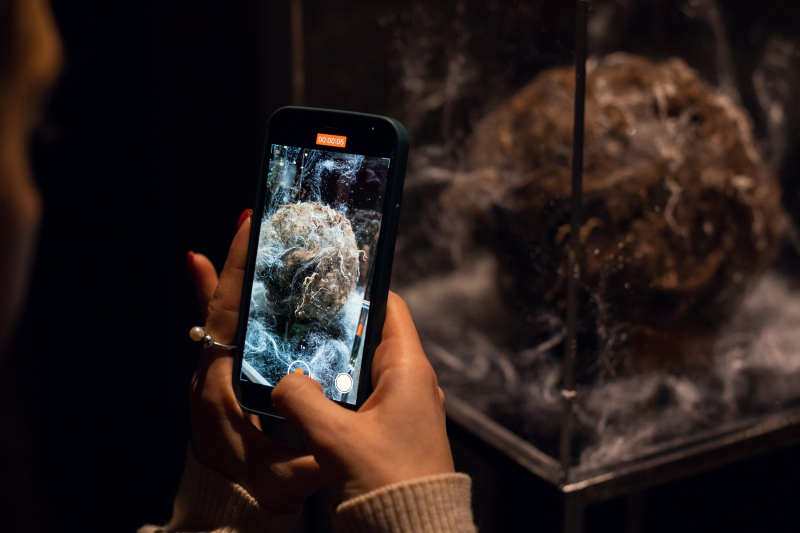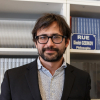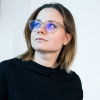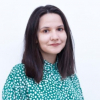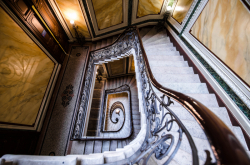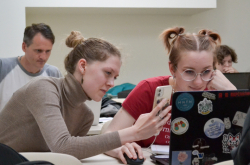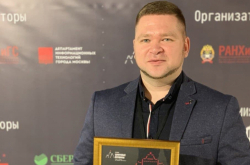According to Aliya Sakhariyeva, head of the Art & Science Center at ITMO University, the center’s team came up with these courses while implementing a series of initiatives on the popularization of the Art&Science track among ITMO students:
“Last year, we offered our Master’s students the opportunity to do an art project as their graduation thesis. It was then that we understood that when Master’s students come to us without any background in arts, they face particular challenges. So, we decided to start working with Bachelor’s students and offer them at least some opportunities to learn more about the world of art. You could say that the Minor program is a demo version of what we do at our Master’s program. We give them the basic understanding of what technological art is. Many still think that Art & Science is about digital art conservation or converting Van Gogh’s paintings into VR.”
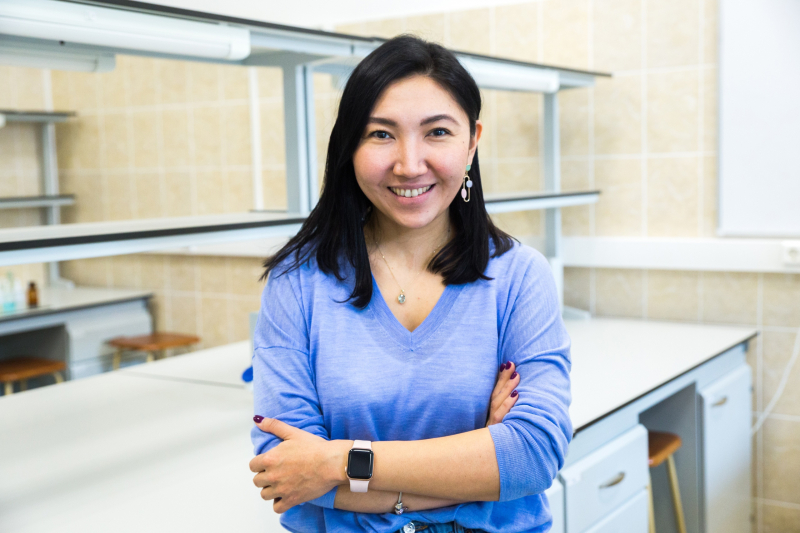
Only 30 students made it into the first selection from over a hundred applicants. The organizers explain that the course is still in testing mode and students will attend classes in groups of 15:
“We selected the participants based on their motivational letters, in which students wrote why they want to join the course, why we should pick them, what technical skills they possess, and which projects they want to work on. Motivation was the key factor. Most students who got accepted have no education in arts, they just want to do art. But they have technical skills, and their task for this year is to understand how those can be applied in creative work,” explains Lina Kipriushina, a manager at ITMO’s Art & Science Center.
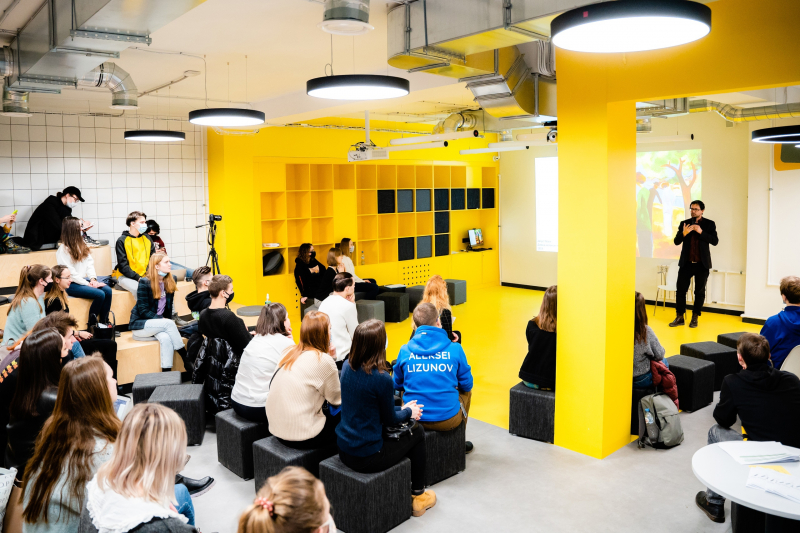
The program is designed in such a way that students can learn the basics of theory and philosophy of art and try out some of the fields of Art&Science: bioart, sound art, VR/AR projects, interactive design, and so on. The first module involves only lectures and seminars: an introductory course on the development of art in the 20th and 21st centuries by Dimitri Ozerkov, the head of the State Hermitage Museum’s Department of Contemporary Art and head of the Art & Science Master’s program, followed by a course of 12 lectures by the art historian Olga Remneva.
“In these 12 meetings, I’ll tell the students about how Art&Science operates, the approaches used by contemporary artists, and how they work with scientists. Naturally, I’ll draw parallels between today’s art and the art of the past, showing that technological art didn’t emerge from nothing. It’s very important to give students this theoretical knowledge, as they have to not just learn to do things with their own hands but also learn to think conceptually. It’s important to make them understand how projects are implemented, from the moment one comes up with an idea to the formation of the message,” says Olga Remneva.
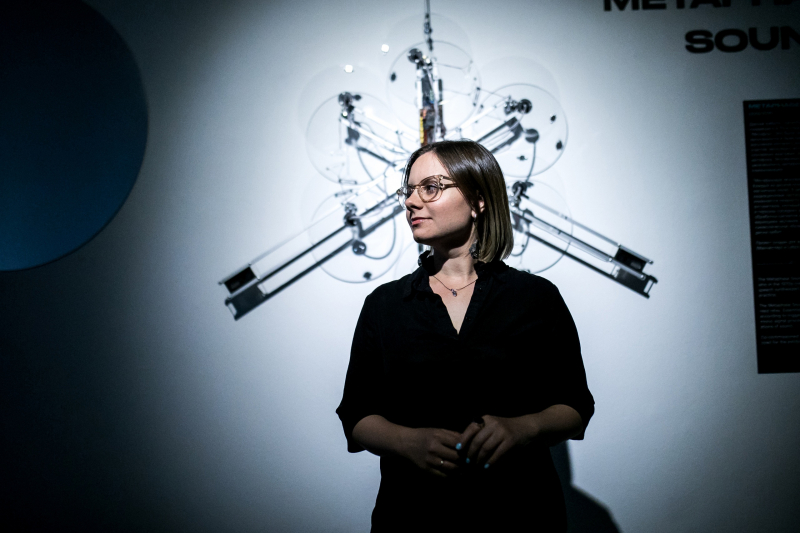
At the end of the course, in fall of 2021, all students will have to use the skills they acquired to create art projects of their own, individually or in teams. These projects will also be added to their portfolio and used when applying for the Master’s program.
The next round of admissions for the course will begin in the next fall semester. First-year students won’t be able to participate; it will be open for students in their second to fourth years only. Their artistic background or knowledge in arts won’t matter.
“This is definitely not a one-time initiative. As of now, we are running it in test mode in order to understand how to better set up the course. Next year, we plan to continue with the program and expand it. We believe that it’s very good that ITMO students get such an opportunity – to get free courses as part of their education. We want to preserve this privilege; for everyone else, we have summer and winter schools that operate on a commercial basis,” concludes Aliya Sakhariyeva.
